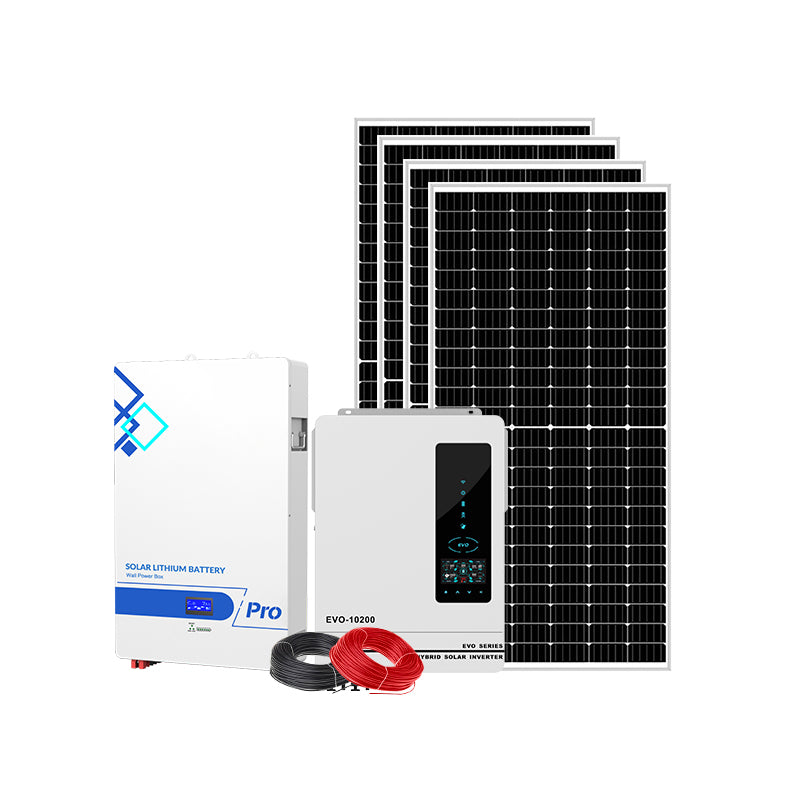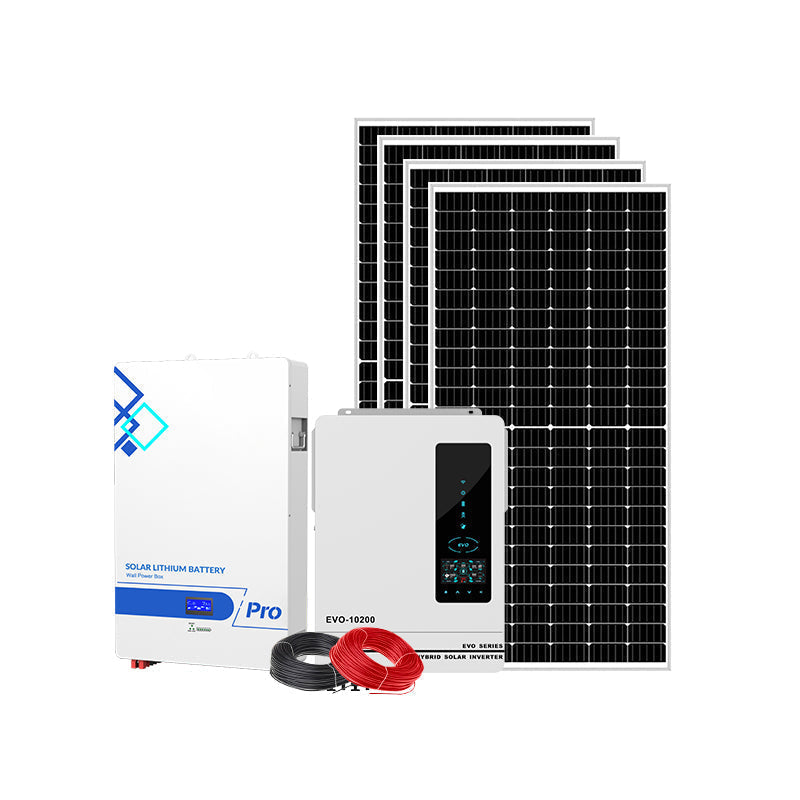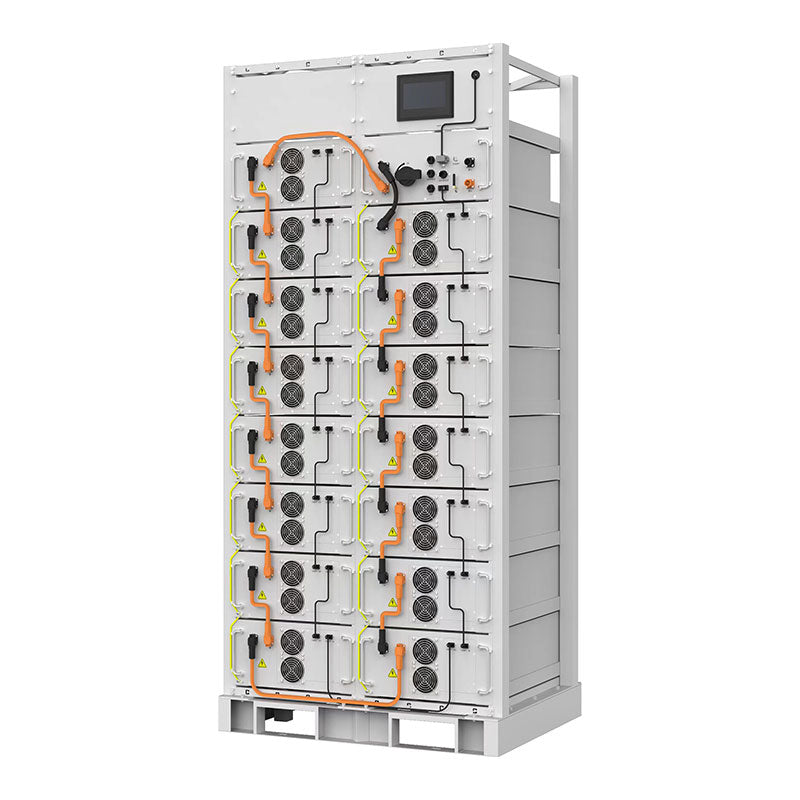Living off-grid offers unparalleled freedom, but this independence requires a reliable and self-sufficient power source. For most, solar energy is the answer. However, not all solar panels perform equally, and selecting the right ones is critical for a system that delivers dependable, year-round energy for a cabin, tiny house, or full-time residence.
An off-grid solar system operates entirely independently of the utility grid. Because there is no grid to serve as a backup, these systems require a significant number of solar panels and a large battery bank to meet all of a home's power needs. As Solar Estimate's Guide to DIY Solar explains, this makes it the most expensive type of solar system, so making informed choices is paramount.
Step 1: Calculate Your Daily Energy Needs
Before you can choose a single panel, you must determine your daily electricity consumption. In an off-grid scenario, every watt matters. Start by listing all the appliances and devices you plan to use, from the refrigerator to your laptop charger. Note their wattage and estimate the number of hours you'll use each one per day.
The calculation is straightforward:
Appliance Wattage (W) × Daily Usage (Hours) = Daily Energy Consumption (Wh)
For example:
- Refrigerator: 150W × 10 hours = 1,500 Wh
- LED Lighting: 10 bulbs × 8W × 5 hours = 400 Wh
- Laptop Charger: 60W × 4 hours = 240 Wh
- Total Daily Consumption: 2,140 Wh (or 2.14 kWh)
Most off-grid homes consume between 3–6 kWh daily. It is highly recommended to add a 20-30% buffer to your total to account for system inefficiencies, cloudy days, and potential future needs.
Step 2: Understanding Solar Panel Types
Solar panels are the core of your system, converting sunlight into electricity. There are three main types, each with distinct advantages depending on your space, climate, and budget.
Monocrystalline Panels
Made from a single, pure silicon crystal, monocrystalline panels are known for their high efficiency and sleek, uniform black appearance. They are the most efficient option, typically ranging from 18-23%, making them ideal for setups with limited roof space where maximizing power generation is critical. According to Nature's Generator, their high efficiency and durability make them the best choice for many off-grid systems. They also tend to perform better in low-light conditions.
Polycrystalline Panels
These panels are made from melted silicon fragments, which gives them a speckled blue appearance. Polycrystalline panels are less expensive to produce and offer a great balance of performance and cost, with efficiency ratings typically between 15-17%. They require more surface area to produce the same amount of power as monocrystalline panels, making them a suitable choice for larger installations on open land or spacious rooftops.
Thin-Film Panels
Thin-film panels are constructed by depositing a thin layer of photovoltaic material onto a substrate. This technology is lightweight and flexible, making it suitable for portable needs like RVs or installation on curved surfaces. However, they have the lowest efficiency (10-13%) and a shorter lifespan, which makes them less ideal for permanent off-grid homes.
Step 3: Key Factors for Choosing the Best Panels
Once you understand the basic types, several performance metrics will help you narrow down the perfect panel for your specific environment.
- Power Output and Efficiency: Efficiency measures how well a panel converts sunlight into electricity. Higher efficiency means more power from a smaller area, which is crucial for limited spaces. As noted by Euro Inox's Guide to Off-Grid Solar, you should choose high-efficiency panels to maximize year-round energy production.
- Durability and Weather Resistance: Off-grid systems must withstand the elements. Look for panels with reinforced frames, tempered glass, and high waterproof ratings (IP68 is recommended). Buddy Magazine on Portable Solar Panels emphasizes choosing panels with tough materials and tight wiring to reduce failure risk in harsh environments. Panels certified to IEC 61215 and IEC 61730 standards are tested for durability against conditions like heavy snow and wind.
- Temperature Coefficient: All solar panels lose some efficiency as they get hotter. The temperature coefficient tells you how much. A lower coefficient (e.g., -0.35%/°C) indicates better performance in hot climates.
- Warranty: A solid warranty is a sign of a quality product. Look for a 25-year performance warranty, which guarantees a certain level of output over time, and a product warranty of at least 10-12 years to cover manufacturing defects.
- Cost: While budget is always a factor, focus on long-term value. Higher-efficiency, more durable panels may cost more upfront but can provide more reliable power for longer, resulting in a better return on investment.
Step 4: Sizing Your Solar Panel System
With your energy needs calculated and panel type selected, you can determine how many panels you need. The formula is:
Daily Energy Requirement (Wh) / Peak Sun Hours / Panel Wattage (W) = Number of Panels Needed
“Peak sun hours” refers to the average number of hours per day that your location receives sunlight intense enough for peak panel performance. This varies significantly by geography and season. For example, if your home uses 6,000 Wh per day, you get 4 peak sun hours, and you choose 400W panels:
(6,000 Wh / 4 hours) / 400W = 3.75 panels. You would need to round up to 4 panels.
According to Residential Solar Panels on Off-Grid Systems, it's a good rule of thumb to oversize your system by at least 20% to account for cloudy days, panel aging, and other inefficiencies. This provides a crucial safety margin.
The Complete Off-Grid System: More Than Just Panels
Choosing the right panels is just one part of the equation. A fully functional off-grid system is a carefully balanced ecosystem of components. According to Solar Estimate on Grid-Tied vs. Off-Grid, a typical setup includes:
- Solar Panels: To capture energy from the sun.
- Charge Controller: Regulates the power flowing from the panels to the batteries to prevent overcharging.
- Battery Bank: Stores energy for use at night or on cloudy days. Lithium-ion batteries are popular for their long lifespan and high efficiency.
- Inverter: Converts the DC electricity from the batteries into AC electricity that your appliances can use.
- Mounting and Racking: Securely holds your panels, often on a roof or a ground-mounted array.
- Backup Generator (Optional): Many off-grid systems include a gas-powered generator for an extra layer of security during long periods of bad weather.







Leave a comment
All comments are moderated before being published.
This site is protected by hCaptcha and the hCaptcha Privacy Policy and Terms of Service apply.